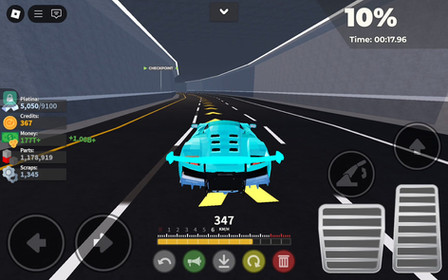HOME | DD
 Tarturus — Trees and shrubs of the Cerulean plains
Tarturus — Trees and shrubs of the Cerulean plains

#bulb #bulbs #bush #cerulea #grass #plains #plant #shrub #tree #trees #tarturus #alienplanet #alienworld #sciencefiction #scifi #xenobiology #speculativeevolution #speculativebiology
Published: 2018-12-29 00:48:55 +0000 UTC; Views: 531; Favourites: 4; Downloads: 0
Redirect to original
Description
PUZZLE BARK TREESTrees are not found in great numbers on the plains, but neither are they a rare sight. One of the common types of plains tree are the puzzle barks. These trees are not particularly big, standing just around 5-6 metres tall, and are found all across the plains of Occidentalis.
The name "puzzle bark" comes from the fact that their bark is in the form of various interlocking angular shapes, almost like pieces of a jigsaw puzzle (jigsaw puzzles may not be all that common a pastime in the 23rd century, but they are still around and remembered well enough to give the name to these alien trees). Why the bark is formed in such a manner is still not entirely clear.
Up among the leaves of a puzzle bark one can see many round purple shapes that could well be mistaken for fruits by one who does not live on Cerulea. But fruits and flowers never evolved on this world. The round shapes are in fact nutrient rich bulbs. These bulbs attract small pseudo-arthropods. While feeding on them, sticky pollen from nearby structures will attach to their bodies. When going to another puzzle bark, the pollen is stuck on to corresponding structures. In that way, the puzzle barks can reproduce.
Using pseudo-arthropods for pollen dispersal may be reminiscent of how Earth's flowering plants use insects to do the same. But it should be noted that even on Earth, such relationships are not restricted to just flowering plants. After all the non-flowering cycads use beetles and thrips to help spread their pollen. So perhaps these are a better comparison with the relationship with Cerulean plants and pseudo-arthropods.
PSEUDO-PALMS
These plants are so called because they do bear a remarkable resemblance to Earth's palm trees. But again, a closer look will reveal they are something quite different. Like the Cerulean "grass", these are spore producing plants. The spore emitter is found on top of the tree trunk, surrounded by the palm-like leaves. Pseudo-palms are more closely related to Cerulean grass than they are to things like puzzle bark trees, showing that just like on Earth, the term "tree" on Cerulea is more a classification based on size and superficial appearance than on actual biological relatedness.
Pseudo-palms are a group found across plains in both Occidentalis and Orientalis. There are even a few cold adapted species living up in the Frozen Islands. Seeing a palm tree-like thing in a cold snowy landscape is one good way of realising that despite appearances, these alien trees are in no way the same thing as the palm trees of Earth.
BULB BUSHES
A group of 1-2 metre tall shrubs found across the Cerulean plains. Like the puzzle bark trees they reproduce by attracting small pseudo-arthropods with nutrient bulbs. Due to their lower elevation to the ground, they are also fed upon by large ground dwelling herbivores like craytaurs and arthrolopes.
























